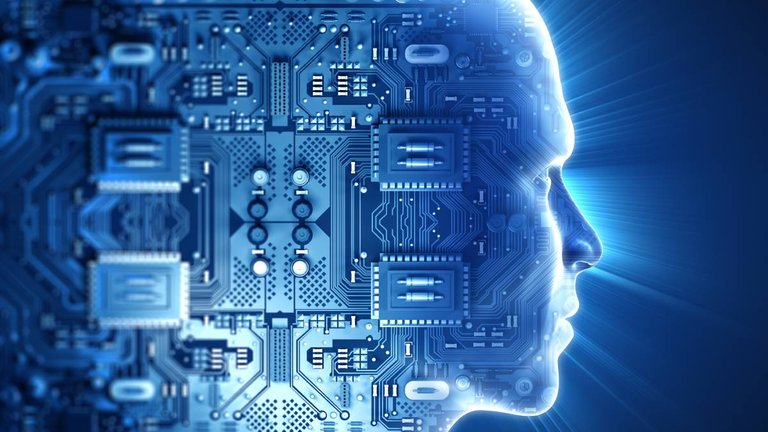
Modern computing has its roots in the mid-20th century with the development of the first electronic computers. The first programmable electronic computer was the Colossus, which was built in 1943 in the UK to help decrypt German messages during World War II.
In 1945, the Electronic Numerical Integrator and Computer (ENIAC) was built in the US. It was the first general-purpose electronic computer, and it used vacuum tubes to perform calculations. ENIAC was incredibly large, taking up an entire room, and it was very expensive to build and maintain.
The development of the transistor in 1947 was a major breakthrough in computing technology. Transistors were smaller, cheaper, and more reliable than vacuum tubes, making it possible to build smaller and more affordable computers. In 1951, the UNIVAC I became the first commercially available computer, and it used transistors rather than vacuum tubes.
In the 1960s, the invention of the microprocessor revolutionized computing. The microprocessor is a complete CPU (central processing unit) on a single chip, and it made it possible to build much smaller computers. The first microprocessor was the Intel 4004, which was released in 1971.
In the 1980s, personal computers became popular with the introduction of the IBM PC and the Apple Macintosh. These computers were much more affordable than previous computers, and they were designed for individual use rather than for use in large organizations.
Since then, computing has continued to evolve rapidly. The development of the internet in the 1990s made it possible for computers to communicate with each other on a global scale, and the rise of smartphones and tablets in the 2000s has made computing even more portable and accessible. Today, computing plays a critical role in nearly every aspect of modern life, from communication and entertainment to business and scientific research.
technology leaps are big and frequent